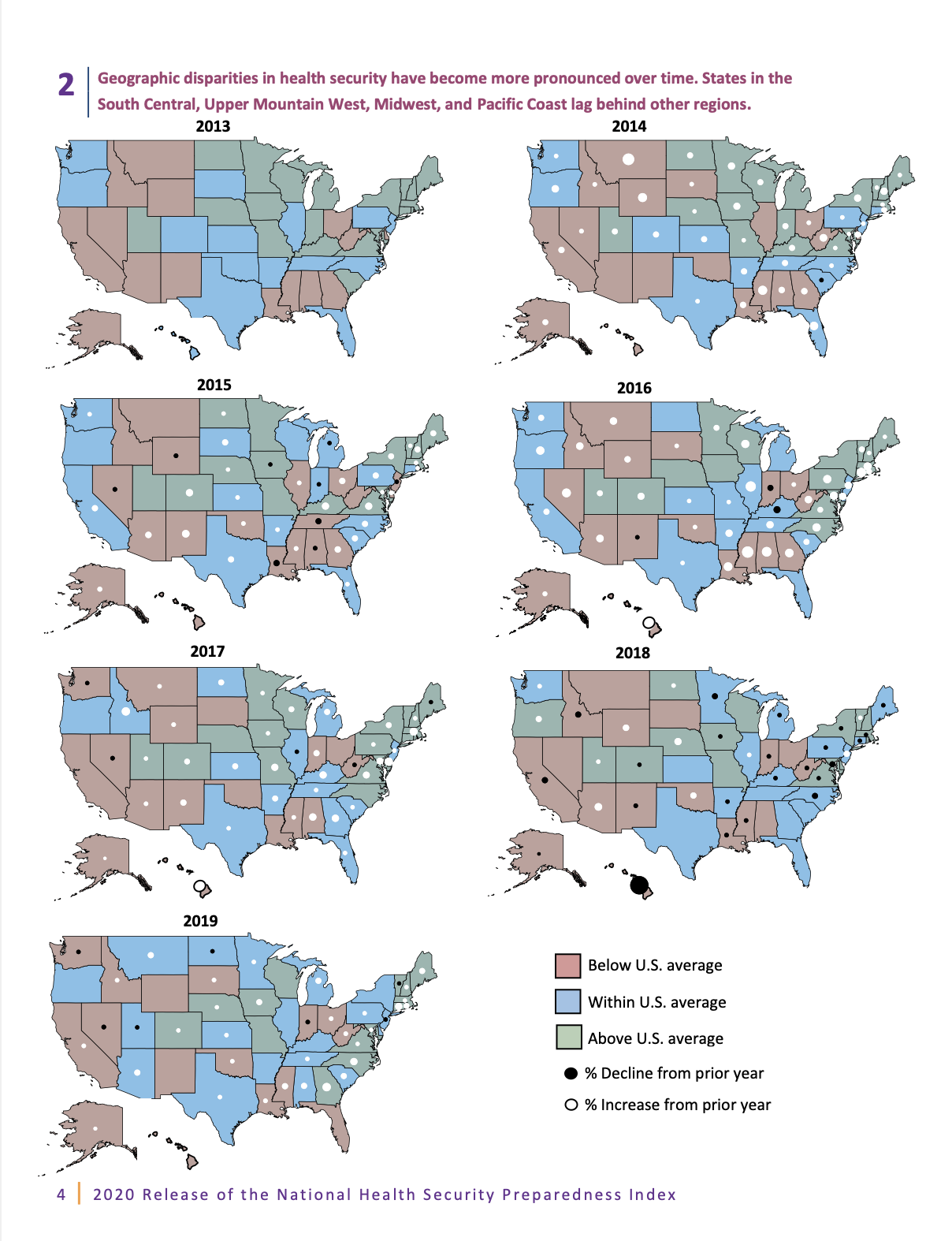When it comes to emergency preparedness, it’s essential to consider your location and the state you live in. Do you know how prepared your state is for a large-scale emergency? The data we’ve reviewed is fascinating, and we’re excited to share it with you. At the end of this article, feel free to share your thoughts in the comments!
While COVID-19 has dominated global attention for the past year, other emergencies such as hurricanes, wildfires, floods, and extreme weather have impacted every region of the U.S. Additionally, health crises like hepatitis A outbreaks, the opioid epidemic, and vaping-related lung disease have posed significant challenges in recent years. One important source of data on state preparedness is the States National Preparedness Index Report of 2020.
The 2020 National Health Security Preparedness Index (NHSPI) reveals interesting insights into how well U.S. states are prepared for disease outbreaks, natural disasters, and other large-scale emergencies. The national index score reached 6.8 out of 10 by the end of 2019, showing a 1.5% improvement over the previous year and an 11.5% improvement since 2013. However, preparedness levels vary widely across states and regions.
Least and Most Prepared States in 2019-2020
According to the 2020 NHSPI, the least prepared states in 2019-2020 include:
- Florida (below the U.S. average)
- Washington (below the U.S. average and declined from the previous year)
- Indiana (below the U.S. average and declined from the previous year)
- Nevada (below the U.S. average and declined from the previous year)
- Wyoming (below the U.S. average)
In contrast, the most prepared states in 2019-2020 are:
- Colorado (above the U.S. average and improved from the previous year)
- Nebraska (above the U.S. average and improved from the previous year)
- Iowa (above the U.S. average and improved from the previous year)
- Maine (above the U.S. average and improved from the previous year)
- Georgia (above the U.S. average and improved from the previous year)
- North Carolina (above the U.S. average and improved from the previous year)
The diagram below visually highlights these rankings and shows a clearer picture of how states compare in terms of preparedness.

The Pace of Improvement Remains Slow
While the National Preparedness Index has improved by one percentage point per year since 2013, it will take several more years to achieve the highest levels of health security seen in states like Massachusetts and Maryland. At the current rate, it will take about six additional years to reach their preparedness levels (7.5 index score) and at least ten years to achieve a health security level of 9.0 out of 10.
If improvements continue at the pace seen in the fastest-improving states, the nation could reach a 9.0 index score within five years. However, if preparedness regresses to the rates observed in the lowest-scoring states, health security could fall to its lowest level on record by 2021.
Ultimately, it’s important to remember that emergency preparedness is a collective effort. Everyone plays a role in ensuring that communities are ready for whatever may come. We encourage you to take steps now to improve your own preparedness. Reach out to your family, friends, and neighbors—small acts of kindness and preparedness can make a big difference during uncertain times.
What Are You Doing to Prepare?
Have you taken steps to prepare for emergencies in your state? How does your state rank in terms of emergency preparedness? We’d love to hear your thoughts in the comments below.
While it’s essential to focus on preparedness, don't forget that reliable resources and supplies play a crucial role in your readiness. Consider adding emergency food, water, and other essentials to your preparedness kit. Shop emergency preparedness supplies here.













